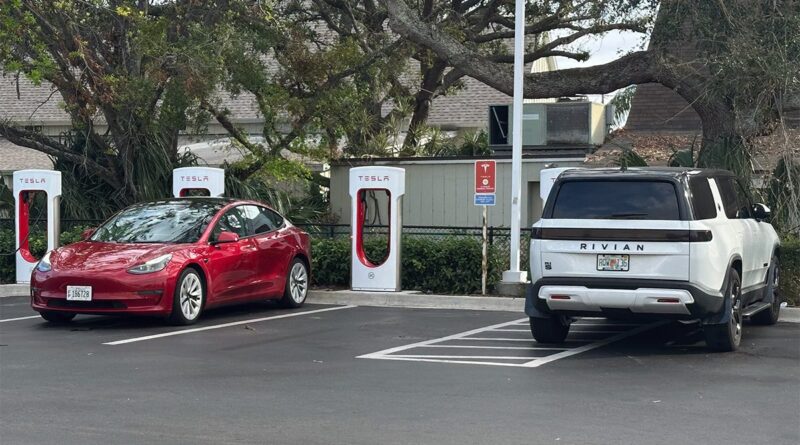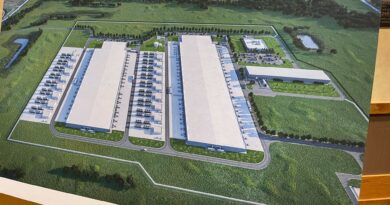J.D. Power says Charging Infrastructure is becoming more reliable
Public EV charging has long faced criticism for unreliable stations, frustrating user experiences and equipment breakdowns, all of which have slowed EV adoption. However, recent data from J.D. Power’s 2025 U.S. Electric Vehicle Experience (EVX) Public Charging Study shows signs of progress. The study, based on surveys of more than 7,400 EV owners, reveals that “non-charging visits” have fallen to their lowest level in four years, signaling a notable improvement in charger reliability. Much of this progress is credited to the National Electric Vehicle Infrastructure (NEVI) program, which set reliability standards, as well as industry-led efforts to address complaints and improve the customer experience.
Still, overall satisfaction with public charging has declined, with scores for both Level 2 and DC fast chargers slipping year-over-year. The biggest driver of this dissatisfaction is cost; EV drivers increasingly feel that charging is too expensive, particularly as introductory low pricing and free charging incentives fade. Non-Tesla owners using Tesla’s Supercharger network also report lower satisfaction due to high costs relative to the experience. Despite these concerns, experts remain optimistic: with clearer standards, greater accountability and networks like EVgo and organizations such as SAE International and ChargerHelp working to raise reliability and transparency, public charging is steadily moving toward a more dependable and user-friendly future.




